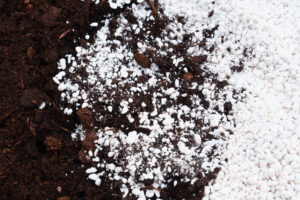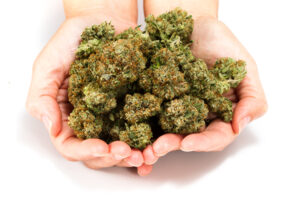Seasonal Planting Guide

Just as every season has its own weather patterns, it also has its own planting plans. By understanding the unique needs of the plants you want to grow, you can yield a more bountiful harvest by following these seasonal planting tips.
Spring Planting Guide
Spring is known as the time when plants awaken from winter’s dormancy. This time of regrowth is marked by warmer days, cool nights, and those poetic April showers. Vibrant bulbs spring forth from the garden while seedlings pop up in greenhouse starter kits.
The moderate temperatures are an ideal time to plant cool-season vegetables that thrive in mild temperatures, allowing them to establish strong roots before summer’s harsh heat arrives. The spring planting season can start as early as mid March once the ground is thawed. The last date for planting should be around mid May.
Starting in mid March to mid April, plant these cool-season veggies:
- Peas
- Onions
- Leek
- Garlic
- Turnips
- White potatoes
- Greens (collards, kale, mustard)
From late March to late April, plant:
- Parsley
- Shallots
- Spinach
- Bok choy
From late March to mid May, plant:
- Lettuce
- Radishes
- Beets
- Carrots
From early April to mid June, plant:
- Swiss chard
- Beets
- Celery
While it’s not the right time for all seeds to be planted directly in the garden, you can start some of your favorites, like tomatoes and peppers, in hoop houses or greenhouses that are more protected.
Summer Planting Guide
Summer is known for its long, hot days and the possibility for drought-like conditions. For any plant to survive the summer, extra care is needed for adequate watering and mulching to retain moisture. While the plants you started in the spring may be ready to harvest now, there are some you can start to sow this season.
From early May to mid June, plant these warm-weather favorites:
- Watermelons
- Winter and summer squash
- Cucumbers
- Pumpkins
- Sweet potato
- Okra
- Sweet corn
From mid May to mid July, get the trellis ready for:
- Beans
- Peppers
- Tomatoes
Watering is a delicate balance, as you want enough to keep your plants healthy but not too much to drown them. Whether you have irrigation set up or you’re watering them on your own, be sure to regularly check moisture levels to ensure they’re not too wet or dry.
Fall Planting and Harvest
Once it starts to cool down again and the days get shorter, the planting season is coming to a close, but there’s still a lot of action happening in the garden. In addition to harvesting all the plants, you also want to get the garden ready for dormant season once more.
From mid July to September you can still plant:
- Radish
- Spinach
From early August to September, you can still plant:
- Salad greens
- Peas
- Garlic and onions for overwintering and spring harvest
Up until early October, start planting a cover crop to protect your garden over the winter:
- Annual rye grass
- Oats
Even if you’re overwintering plants or started a cover crop, make sure to clean up your garden of other plant debris. Now’s a great time to add any leftover scraps to the compost pile.
Winter Planning
While settled in for a dormant winter, it’s the perfect time to plan your garden for the following spring. Reflect on what worked this year and what you’d like to change. Think about how you can improve soil conditions. Consider invigorating your soil with an additive such as Harvest Hero Enhanced Perlite Mix. This nutrient-rich soilless amendment and growing medium is a 3-in-1 blend of perlite, diatomaceous earth, and essential nutrients. Not only is it designed to help improve soil structure for nutrition, but it promotes larger plants and bigger yields. Adding this mix to your seed starters, raised beds, or outdoor gardens is the boost your plants need in any season.



